Bears are among North America’s most iconic wildlife species, fascinating us with their power, intelligence, and adaptability. From the mighty grizzly to the common black bear, these mammals play crucial roles in their ecosystems while capturing our imagination. But where exactly do these magnificent creatures make their homes in greatest numbers across the United States? Understanding bear populations helps wildlife management, conservation efforts, and human-bear conflict reduction. This article explores the ten states with the highest bear populations in America, examining both species distribution and the factors contributing to their abundance in these regions.
Alaska The Undisputed Bear Capital
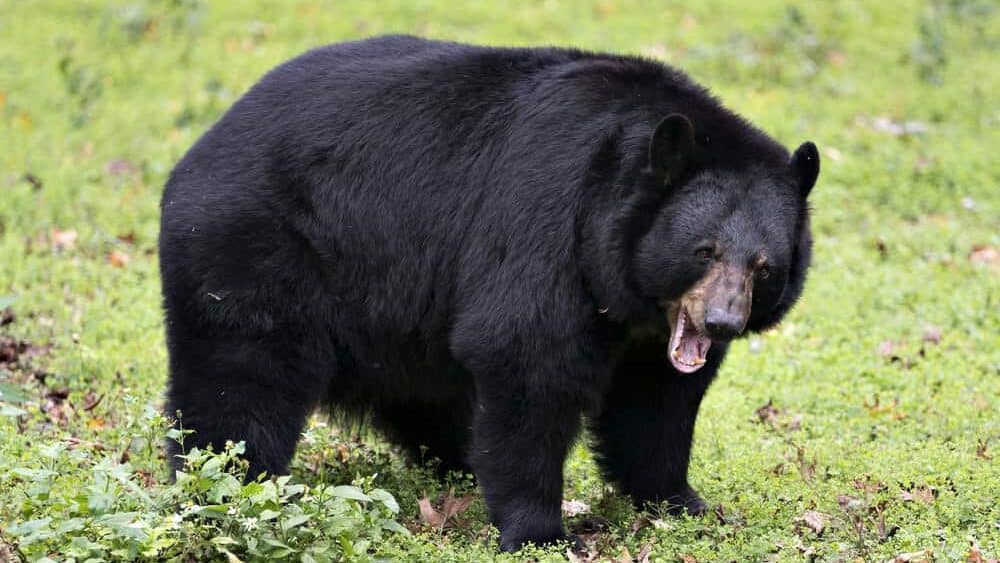
Alaska stands as the uncontested champion of bear populations in the United States, hosting all three species native to North America: black bears, brown bears (including grizzlies), and polar bears. Wildlife biologists estimate the state is home to approximately 100,000 black bears and between 25,000-30,000 brown bears. This represents the highest concentration of brown bears anywhere in the world, with density reaching as high as one bear per square mile in prime habitat areas like Admiralty Island, nicknamed “Fortress of the Bears.”
Alaska’s vast wilderness, spanning over 365 million acres with minimal human development, provides the perfect habitat for these large mammals to thrive. The state’s abundant salmon runs supply critical nutrition for bears preparing for hibernation, while diverse ecosystems ranging from coastal rainforests to arctic tundra offer varied habitats suitable for different bear species. Alaska remains one of the few places where bears still occupy much of their historical range, making it a true bear sanctuary in North America.
California Black Bear Abundance
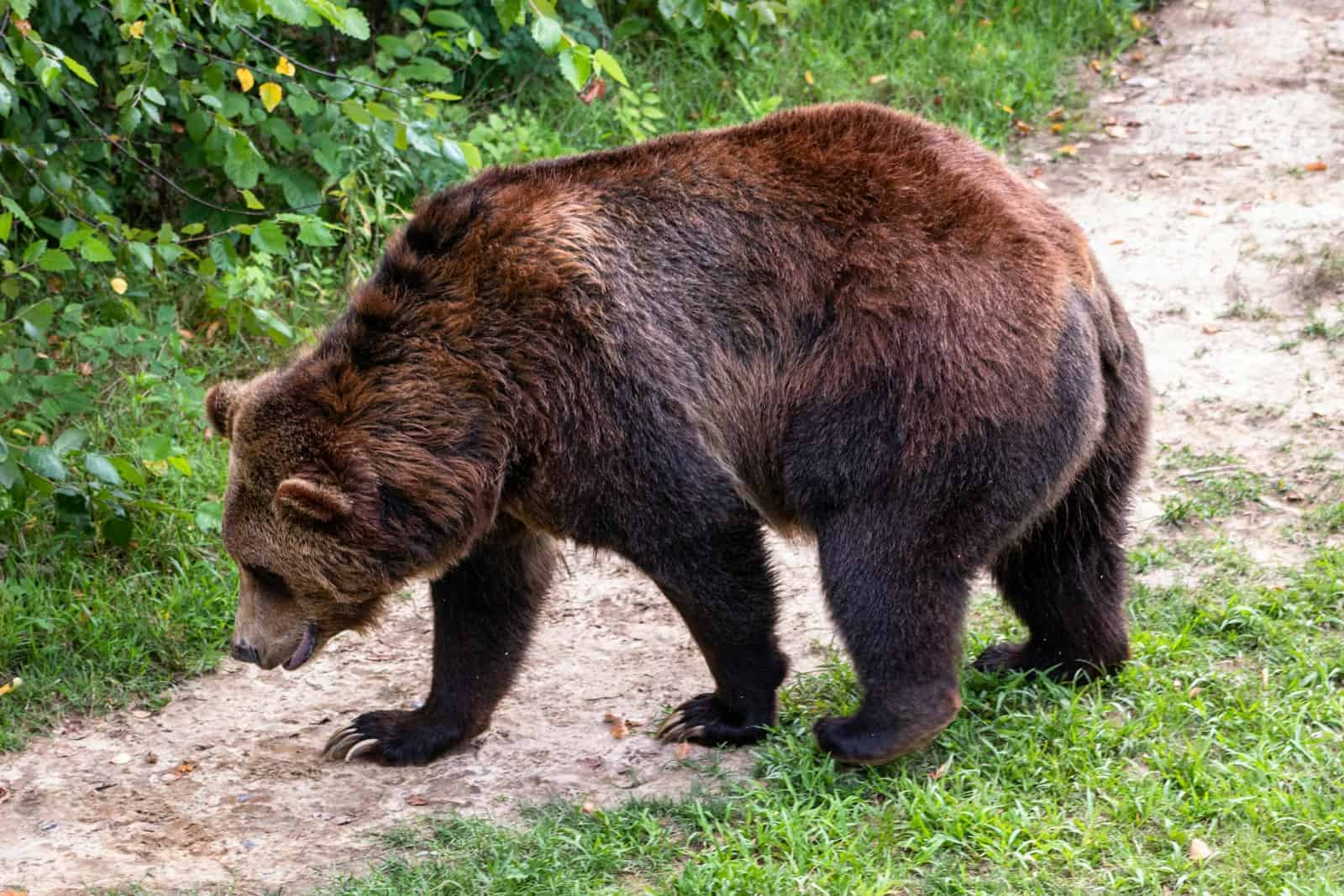
California holds the distinction of having the second-largest black bear population in the United States, with current estimates ranging between 30,000-40,000 individuals. This represents a remarkable conservation success story, as the state’s bear population has more than doubled since the 1980s. Despite California’s large human population and urban development, black bears have demonstrated impressive adaptability, occupying territories from the Sierra Nevada mountains to coastal regions and even occasionally venturing into suburban neighborhoods.
Interestingly, although the California state flag prominently features a grizzly bear, this subspecies of brown bear has been extinct in the state since 1924, when the last California grizzly was shot in Tulare County. Today’s thriving black bear population benefits from improved wildlife management practices, including the 2013 ban on using dogs for bear hunting, which has contributed to steady population growth. California’s diverse habitats, from dense forests to chaparral, provide ideal conditions for black bears to continue expanding their range throughout the state.
Colorado Mountain State Bears
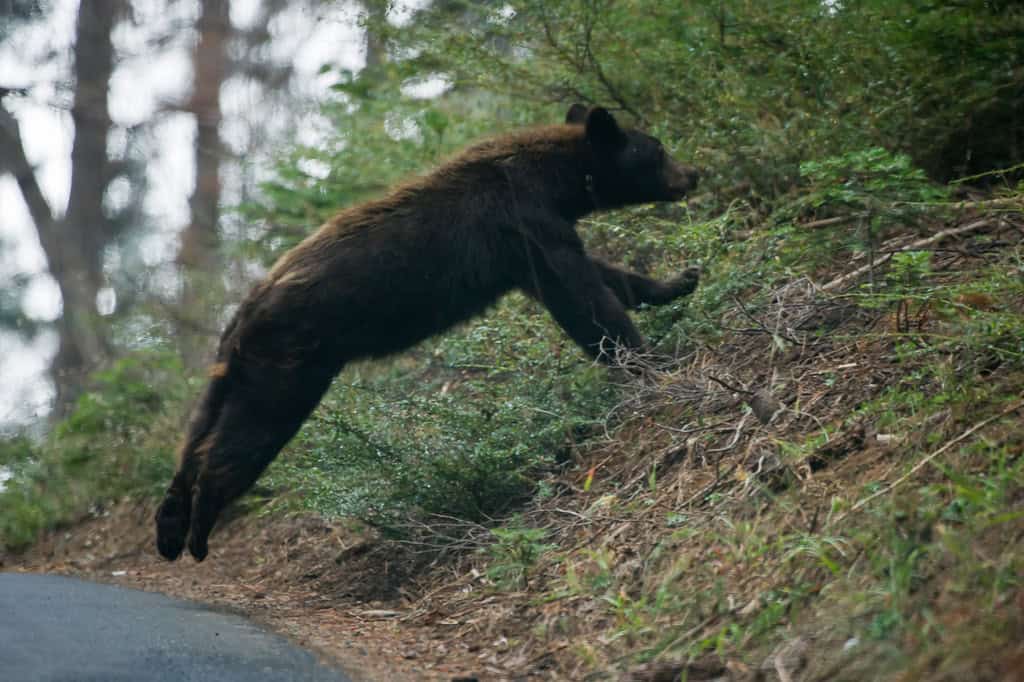
Colorado’s diverse mountain ecosystems support a robust population of approximately 17,000-20,000 black bears, placing it among the top bear-populated states in America. These bears primarily inhabit the western two-thirds of Colorado, with the highest densities found in areas with Gambel oak, aspen, and montane shrublands that provide optimal food resources. Colorado’s bears have adapted to living at elevations ranging from 5,000 to over 10,000 feet, making them true mountain specialists in the bear world.
The Colorado Parks and Wildlife department closely monitors and manages the state’s bear population, which has been growing steadily in recent decades. Human-bear conflicts have increased as development expands into bear habitat and as bears become more habituated to human food sources, particularly during drought years when natural foods are scarce. Colorado has implemented innovative bear management strategies, including extensive public education campaigns like “Bear Aware” to reduce conflicts between humans and bears, focusing on proper trash management and eliminating food attractants in bear country.
Idaho Wilderness Bear Haven

Idaho’s extensive wilderness areas and diverse mountain ranges provide ideal habitat for approximately 20,000-25,000 black bears and a smaller but significant population of grizzly bears in the northern and eastern portions of the state. The state’s rugged Selkirk, Cabinet, and Bitterroot mountains, along with portions of the Greater Yellowstone Ecosystem, offer bears the remote, food-rich environments they need to thrive. Idaho represents one of the few remaining states with viable populations of both black and grizzly bears.
Grizzly bears in Idaho, estimated at around 50-80 individuals, are primarily concentrated in the Yellowstone region and the northern Panhandle, where recovery efforts have helped populations slowly increase from near-extinction. Black bears, meanwhile, are widespread throughout Idaho’s forested regions, with particularly high densities in the central mountains and northern forests. Idaho’s bear management program balances conservation with controlled hunting seasons, using quotas and careful monitoring to ensure sustainable bear populations while addressing potential conflicts with livestock operations and rural communities.
Montana Grizzly Country
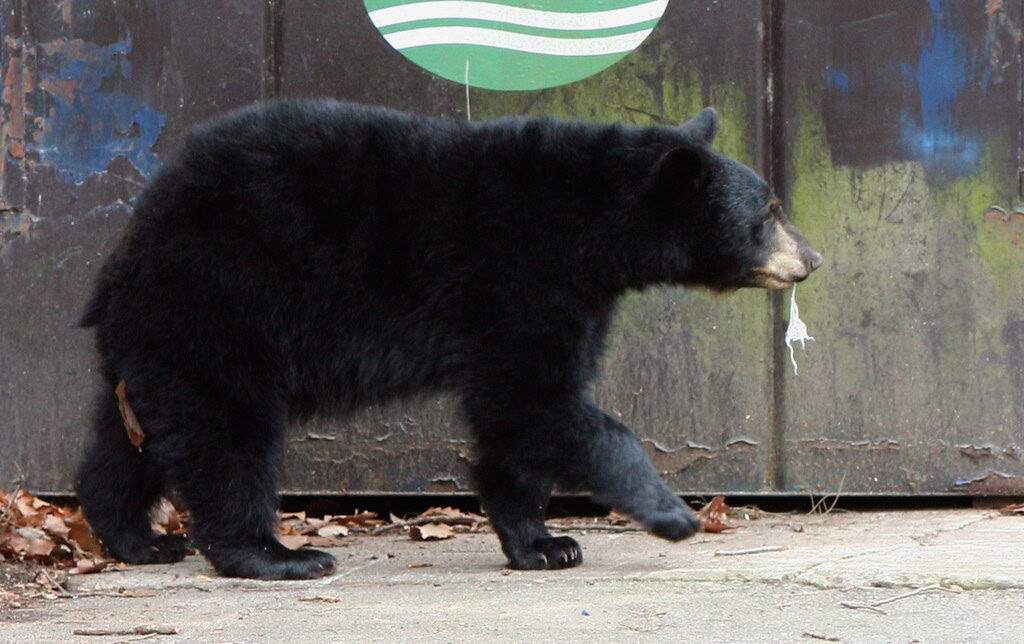
Montana stands out as home to the largest grizzly bear population in the lower 48 states, with approximately 1,000-1,200 grizzlies inhabiting the state’s western regions, particularly in the Greater Yellowstone Ecosystem and the Northern Continental Divide Ecosystem. These two populations represent a remarkable conservation achievement, having grown substantially since grizzlies were listed as threatened under the Endangered Species Act in 1975. In addition to its significant grizzly population, Montana also hosts an estimated 10,000-15,000 black bears across its diverse landscapes.
Montana’s bear management represents one of the most complex wildlife conservation challenges in the country, balancing recovery goals for federally protected grizzlies with the management of more abundant black bears. The state has become a leader in developing coexistence strategies between bears and humans, implementing innovative approaches like electric fencing subsidies for beekeepers and livestock producers, bear-resistant garbage container programs, and extensive public education efforts. Bears in Montana benefit from the state’s extensive public lands, including Glacier National Park and millions of acres of national forests that provide secure habitat.
Michigan Great Lakes Bear Stronghold

Michigan holds the distinction of having the largest black bear population in the Midwest, with approximately 12,000-15,000 bears. The vast majority (around 90%) reside in the Upper Peninsula, where extensive forests and minimal human development create ideal bear habitat. The remaining population inhabits the northern portions of the Lower Peninsula, where bears have been expanding their range southward in recent decades as forests have matured and connectivity between habitat patches has improved.
Michigan’s bear population has been carefully managed through regulated hunting since 1925, with the state implementing a lottery system for bear hunting licenses to control harvest numbers. Bear research in Michigan has contributed significantly to our understanding of black bear ecology, with the state hosting one of the longest-running bear research projects in North America at the Cusino Wildlife Research Station. Michigan bears benefit from the state’s abundant food resources, including vast blueberry fields, beech and oak forests that produce nutritious nuts, and numerous wetlands and streams that provide additional foraging opportunities.
Washington Diverse Bear Habitats

Washington state’s diverse ecosystems support approximately 25,000-30,000 black bears and a small but growing population of grizzly bears in the North Cascades and Selkirk Mountains. The state’s bear habitats range from temperate rainforests on the Olympic Peninsula to alpine zones in the Cascade Range and dry pine forests in the eastern regions. This variety of habitats has allowed Washington’s bears to adapt to different food sources and ecological niches, making them particularly resilient as a population.
Washington’s Department of Fish and Wildlife has developed a comprehensive bear management plan that focuses on reducing human-bear conflicts while maintaining healthy populations. The state has implemented innovative approaches to bear management, including the “Beauty and the Bear” campaign to educate residents about coexisting with bears. Washington also represents one of the few remaining areas in the contiguous United States with recovery potential for grizzly bears, with efforts underway to support the estimated 5-10 grizzlies that may still inhabit the remote North Cascades ecosystem, though confirmed sightings remain extremely rare.
Wyoming Yellowstone Bear Sanctuary

Wyoming holds a special place in bear conservation as home to the iconic Yellowstone National Park, where visitors from around the world hope to glimpse bears in their natural habitat. The state hosts approximately 5,000-6,000 black bears and around 700 grizzly bears, with the highest concentration of grizzlies in the Greater Yellowstone Ecosystem. These Yellowstone grizzlies represent one of the greatest wildlife recovery stories in American history, having rebounded from fewer than 150 individuals in the 1970s to a healthy, expanding population today.
Wyoming’s bear management presents unique challenges due to the state’s combination of vast public lands, significant tourism centered on wildlife viewing, and traditional ranching operations that can sometimes conflict with bear conservation. The state has pioneered numerous coexistence strategies, including carcass removal programs to reduce attractants, range rider programs to protect livestock, and extensive use of bear-resistant infrastructure in recreation areas. Wyoming’s bears benefit from the state’s commitment to protecting migration corridors and critical habitat, ensuring these magnificent animals can continue to thrive across their historical range.
North Carolina Eastern Bear Stronghold
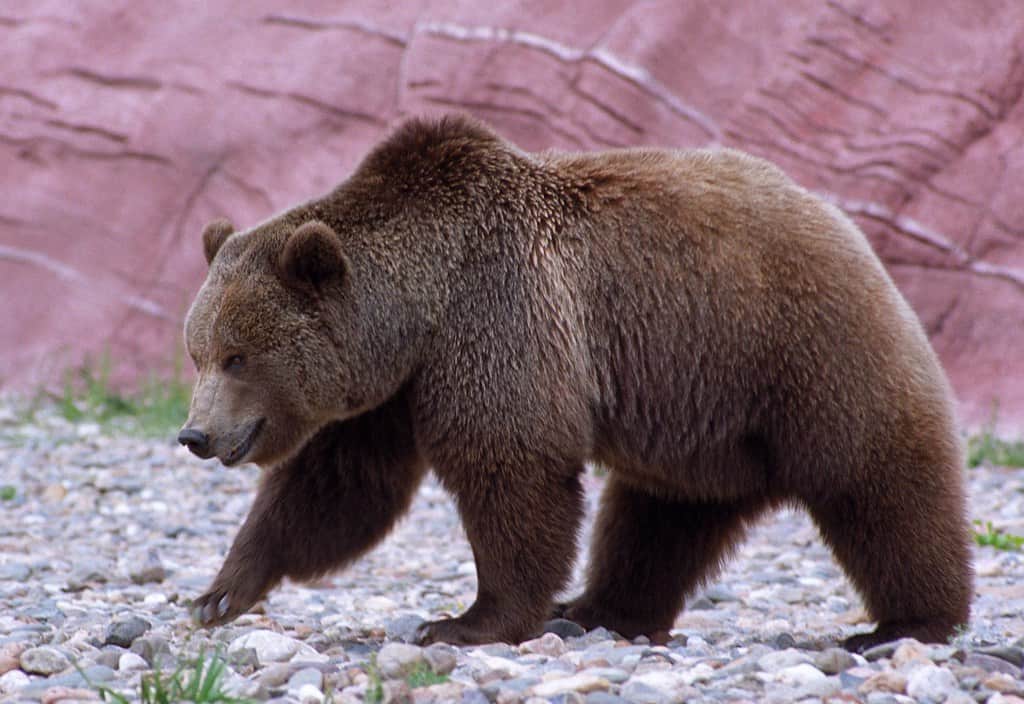
North Carolina boasts the largest black bear population in the eastern United States, with estimates ranging between 15,000-20,000 individuals. What makes North Carolina’s bear population particularly remarkable is that it contains some of the largest black bears on record, with male bears in the coastal plain regularly reaching weights over 500 pounds—significantly larger than black bears in most other regions. This size advantage is attributed to the mild climate, abundant food resources, and year-round feeding opportunities that allow coastal bears to continue growing throughout their lives.
North Carolina’s bear population is divided between two distinct regions: the mountain bears of the western part of the state and the coastal bears of the eastern counties, particularly in the Albemarle-Pamlico Peninsula. The coastal population has shown extraordinary resilience, rebounding from near extirpation in the early 20th century to become one of the densest black bear populations in the nation, with some areas supporting more than one bear per square mile. The state’s successful bear management program balances conservation with regulated hunting, using scientific monitoring to ensure population sustainability while addressing increasing human-bear interactions as development expands into bear habitat.
Minnesota Northern Forest Bears

Minnesota’s vast northern forests support a healthy black bear population estimated at 12,000-15,000 individuals, concentrated primarily in the forested third of the state. These bears benefit from Minnesota’s mosaic of hardwood forests, coniferous forests, wetlands, and wild berry patches that provide diverse food sources throughout the growing season. Minnesota bears are particularly adapted to the state’s harsh winters, with hibernation periods lasting up to seven months in the northernmost regions—one of the longest denning periods observed in American black bears.
The Minnesota Department of Natural Resources has developed a sophisticated bear management program that includes extensive research on bear movements, reproduction, and habitat use. One unique aspect of Minnesota’s bear management is the state’s bear research and education center near Ely, which has revolutionized our understanding of black bear behavior and ecology through the work of renowned bear biologist Dr. Lynn Rogers. Minnesota also implements innovative approaches to reducing human-bear conflicts, including detailed public education programs in communities on the expanding southern edge of bear range, where residents are increasingly encountering bears for the first time.
Wisconsin Thriving Midwestern Bear Population

Wisconsin’s northern and central forests harbor a robust black bear population estimated at 24,000-29,000 individuals, representing one of the densest bear populations in the Midwest. The state’s bear population has experienced remarkable growth over the past century, expanding from a historical low of just a few hundred bears in the early 1900s to today’s thriving population. Wisconsin bears have gradually expanded their range southward, now occupying territories that had been bear-free for generations, which creates both challenges and opportunities for wildlife managers.
Wisconsin’s Department of Natural Resources has developed a comprehensive bear management plan that uses carefully regulated hunting to maintain population numbers while reducing conflicts. The state’s bear ecology research program includes one of the most extensive bear tagging and monitoring systems in the country, with data collected from thousands of bears over decades providing valuable insights into population dynamics. Wisconsin also implements innovative approaches to human-bear conflict mitigation, including extensive use of electric fencing for beekeepers and targeted education campaigns in areas newly recolonized by bears.
Conclusion: Understanding America’s Bear Populations

America’s bear populations represent one of the greatest wildlife conservation successes of the modern era. From the brink of extinction in many regions during the early 20th century, bears have recovered across much of their historical range thanks to scientific management, habitat protection, and changing public attitudes. Today’s bear populations face new challenges, including climate change affecting food availability, increasing habitat fragmentation, and growing human development in bear country. Understanding the distribution and ecology of bears across these ten states provides crucial context for ongoing conservation efforts.
As we look to the future of bear conservation in America, continued monitoring, research, and public education will be essential to maintaining healthy bear populations while fostering coexistence between bears and humans. The states with the highest bear populations serve as living laboratories for developing best practices in bear management that can benefit wildlife conservation broadly. By appreciating the remarkable resilience and adaptability of bears, we gain insights not only into these magnificent animals but also into the complex relationships between wildlife, habitat, and human communities that define modern conservation.
- 16 Weird and Wonderful Facts About Lobster Biology - August 8, 2025
- 12 Dog Breeds That Thrive in Cold Climates - August 8, 2025
- 10 Fascinating Facts About Horse Vision - August 8, 2025

